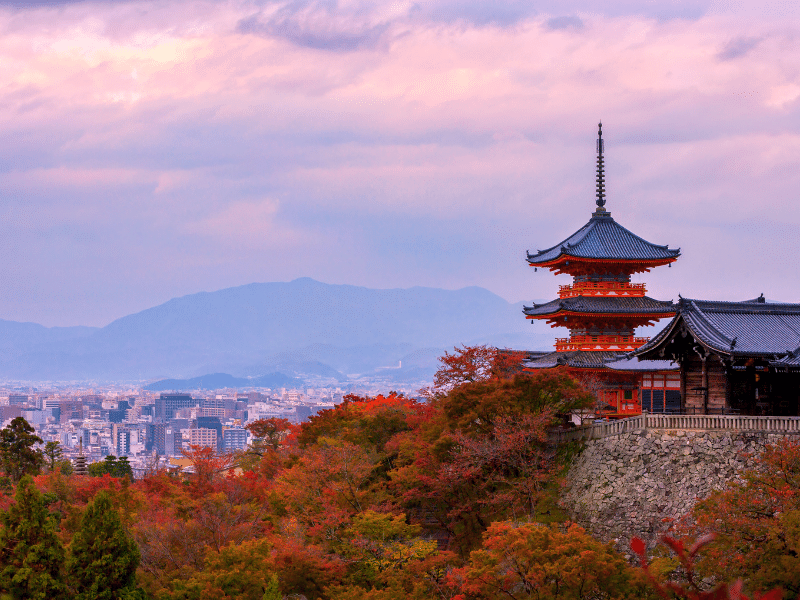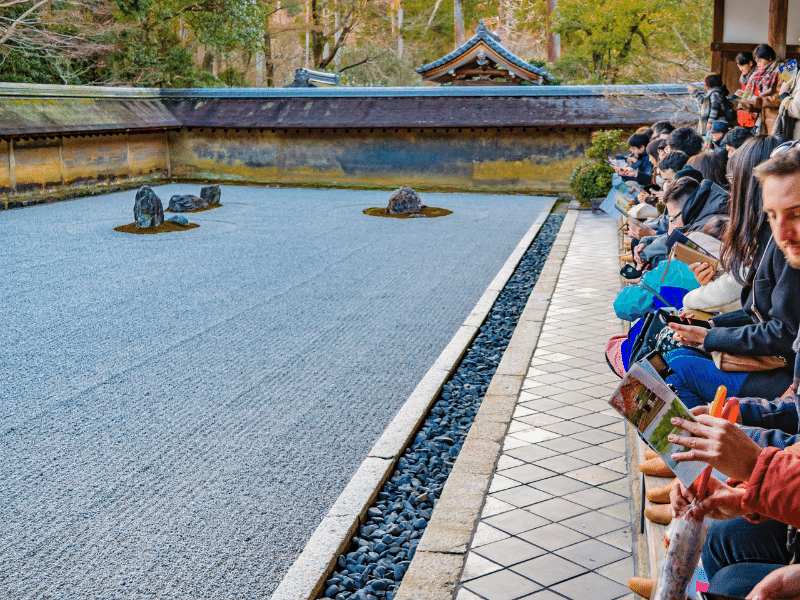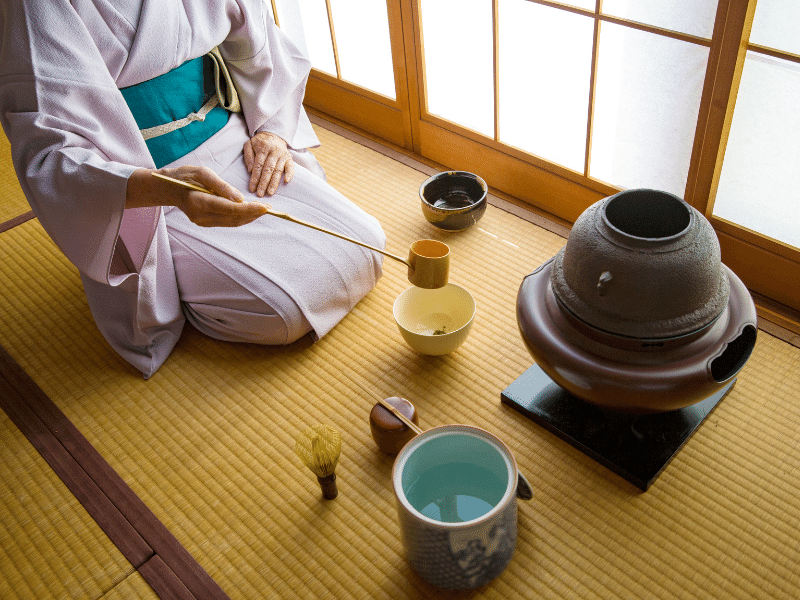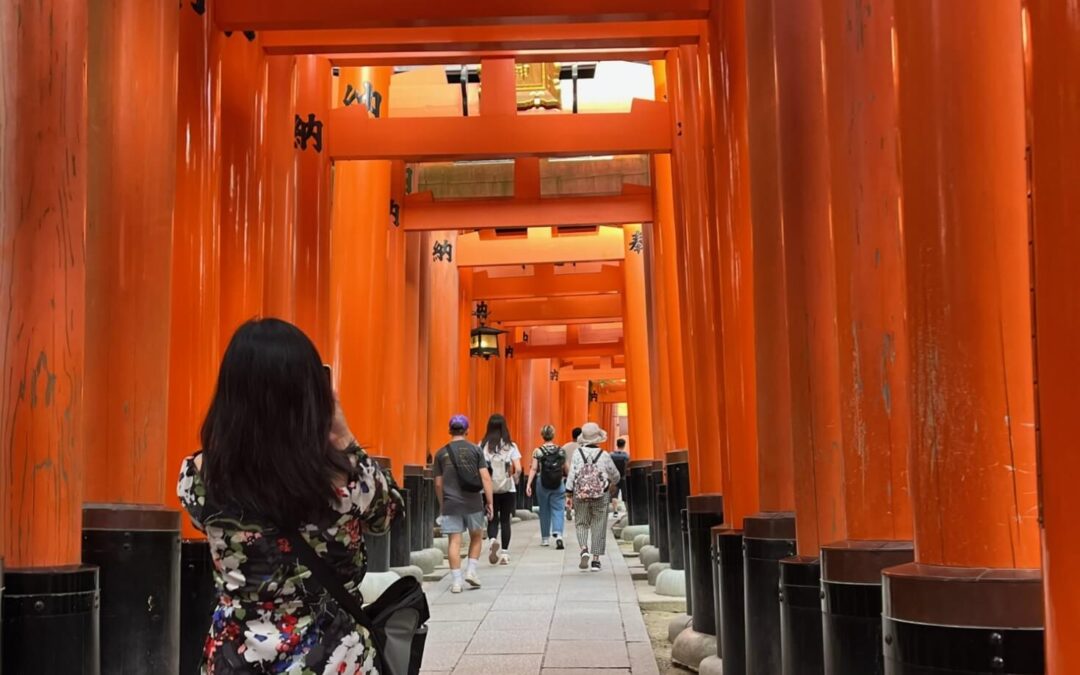Recently, program director Ed Thanhouser spent nearly two weeks traveling up and down Japan’s main island of Honshu meeting with our local contacts, exploring new locations, and putting the finishing touches on next summer’s Japan program. Here is his report from the field.

It seems a matter of course that our Smithsonian program in Japan visits Kyoto…after all, how could you spend time in Japan and not visit one of its most important cities? Years ago, I lived less than a two-hour train ride from Kyoto and before that, I visited several times as a part of international youth exchange programs. Kyoto is a place many people want to see, and so I routinely brought visiting relatives and friends to the most famous spots over the years. Because of this, the city feels wonderfully familiar, like a good friend you don’t see often enough. When I stepped off the train from Kanazawa, I was greeted, as always, by the huge, glass lattice of the main lobby and saw the familiar shape of Kyoto Tower rising straight ahead, above the buses.
Kyoto has always been Japan’s “must-see” place for cultural heritage, and for very good reason. Spared bombardment in World War II because of its unique historical importance, the sheer number of temples, shrines, palaces, and castles is staggering: more than 2,000!
Kyoto’s name literally means “capital city.” After Nara, Kyoto was Japan’s second imperial capital for more than 800 years before being succeeded by Edo, which is now known as Tokyo. The word “Tokyo,” incidentally, means “Eastern Capital” so even Tokyo itself is defined by its relationship to Kyoto, where the buildings of today exist largely where they were placed in 764 AD by Emperor Kanmu.

Despite being one of the most visited cities in Japan, I find that few visitors take away much other than a few souvenirs and photos of “pretty temples”—and that seems a shame, as history and its details are what make Kyoto so endlessly interesting. This is why our students are spending four days in Kyoto this summer, so they can go beyond the surface and more deeply explore the wealth of historical and cultural treasures there.
For example, it’s very true to say that the “Golden Pavilion,” Kinkakuji, is beautiful. After all, it’s covered almost entirely in gold leaf! It may be even more interesting, however, to know the story of a schizophrenic monk who burned the temple to glorify his suicide- a dramatic true crime story captured in Yukio Mishima’s celebrated novel that bears the temple’s name:Kinkakuji. Moreover, it may lead you to the story of Mishima himself, who is at least equally fascinating. Mishima was not only an author, but a prominent nationalist, a martial arts champion, and a dissident who planned a military coup, and after failing, botched his own attempt at “glorious” suicide, an event known as the “Mishima Incident.”
One of the great things about traveling with a Smithsonian Student Travel Expert like Hugh Shapiro, who joins our Japan programs again next summer, is that these details can inform and contextualize the places we visit, keeping each one from becoming “just another pretty temple.” They can, as the pavilion does, lead you down unexpected and surprising paths to incredible stories.
One place I can’t help visiting each time I am in Kyoto is the rock garden of Ryo-an-ji. Ryo-an-ji appeals to me because everything about it is a bit mysterious. I have always taken away the lesson that contemplating a mystery is at least equally, if not more, valuable than solving one. While there are known monks who helped to establish the garden, nobody knows exactly who designed this most famous of zen rock gardens, or how exactly, or exactly what they’re intended to represent. Some people say the large rocks are “islands” in the swift flowing “stream” of the grit, representing eternal change amidst steadfast truths. Others contend it represents the mountain peaks of “realization” rising from a sea of “clouds” that shroud our mortal existence. Some claim to see a tigress shepherding her cubs across turbulent waters.

Whatever they may (or may not) represent, my favorite aspect of these stones is the way they form a visual puzzle. There are 15 large stones, as 15 is often thought of as a “perfect” number in Asian philosophies. However, when sitting on the stage, contemplating the garden, you’ll notice it is impossible to view all 15 stones at the same time without moving to another vantage. This is said to represent our own limited perspectives in life, that some truths always remain hidden. It is this and many other lessons that only deepen with each visit I make to Ryo-an-ji. I sat and thought about all that is hidden in the world around us, and I was reminded that I usually try to find a place I’ve never been before while visiting Kyoto. In a place chock full of hidden wonders like Kyoto, I feel a certain responsibility to seek out new ones each time. It’s not difficult to find something new, with more than 2,000 options available. Students going to Kyoto this summer will do the same: it’s the thrilling experiences of exploration and discovery that make Smithsonian’s Japan program so special!
Each of our groups also has the opportunity to take part in chadō, a traditional Japanese tea ceremony. The Japanese word, chadō (sometimes called sadō), literally means “The Way of Tea,” and involves a prescribed set of movements and rituals that are meant to cultivate mindfulness, appreciation of aesthetics, and a sense of connection between the participants.

When I met with our tea ceremony provider, I asked him where I could find a less-visited temple. “Next door!” he said enthusiastically, “I love Ninnai-ji…” Sure enough, a quick walk down the block had me at a temple I’d never visited before, and it featured towering, magnificent gates, a massive Buddhist bodhisattva and deity statues, each with a story and history yet unknown to me. Each end-tile of every roof bore the temple’s mark: 任 which means “responsibility.” Ah, how fitting! I thought to myself, remembering that feeling of responsibility I had experienced earlier… a sense of obligation to uncover the hidden… but what’s the reason? What stories are hidden in this place? I wondered this to myself. My impression, as my train pulled away from Kyoto the next day, was that the city is a near-inexhaustible treasure trove of stories, marvelous construction, and modern infrastructure, all superimposed upon a stunning natural area.
I envy our student travelers for their very first time experiencing Kyoto next summer. I wonder what stories they will uncover.
Click here to learn more about our program in Japan.

